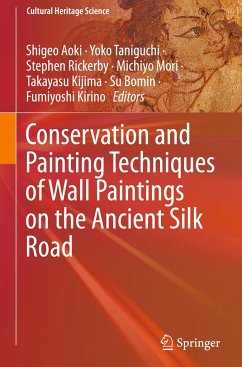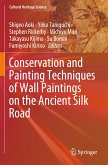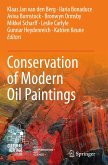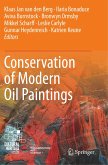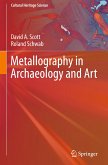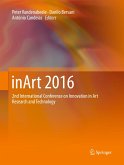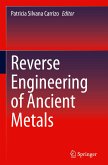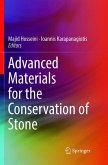This book presents recent research on ancient Silk Road wall paintings, providing an up-to-date analysis of their coloring materials and techniques, and of developments in efforts to preserve them.
The destruction of the Bamiyan Buddhas in 2001 encouraged international collaboration between conservation research institutes to study and protect the Silk Road's painted heritage. The collaborations led to exciting new discoveries of the rich materials used in wall painting, including diverse pigments and colorants, and various types of organic binding media. In addition, comparative research across the region revealed shared painting practices that indicate the sophisticated exchange of technologies and ideas. In parallel with these advances in technical understanding, greater awareness and sensitivity has been fostered in endeavors to preserve this fragile heritage.
The book offers insights obtained from conservation projects and ongoing research, that encompass thegeographical regions and periods related to the Silk Road, including from Japan, China, Korea, India and Afghanistan, and countries of the Eastern Mediterranean region. It also discusses the current issues and future challenges in the field. Featuring concise chapters, the book is a valuable resource for students and professionals in the field of cultural heritage preservation, as well as those who are not familiar with the fascinating topic of Silk Road wall painting research.
The destruction of the Bamiyan Buddhas in 2001 encouraged international collaboration between conservation research institutes to study and protect the Silk Road's painted heritage. The collaborations led to exciting new discoveries of the rich materials used in wall painting, including diverse pigments and colorants, and various types of organic binding media. In addition, comparative research across the region revealed shared painting practices that indicate the sophisticated exchange of technologies and ideas. In parallel with these advances in technical understanding, greater awareness and sensitivity has been fostered in endeavors to preserve this fragile heritage.
The book offers insights obtained from conservation projects and ongoing research, that encompass thegeographical regions and periods related to the Silk Road, including from Japan, China, Korea, India and Afghanistan, and countries of the Eastern Mediterranean region. It also discusses the current issues and future challenges in the field. Featuring concise chapters, the book is a valuable resource for students and professionals in the field of cultural heritage preservation, as well as those who are not familiar with the fascinating topic of Silk Road wall painting research.

